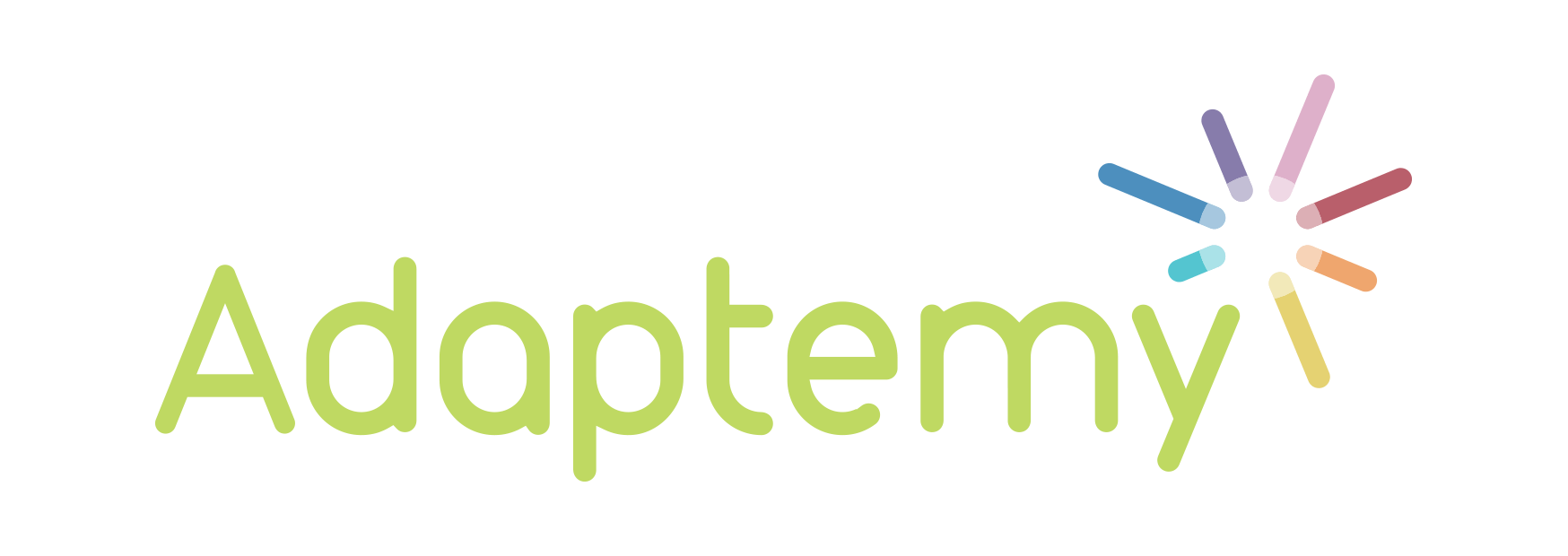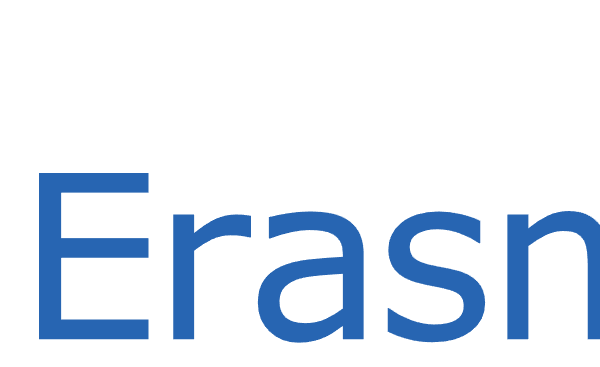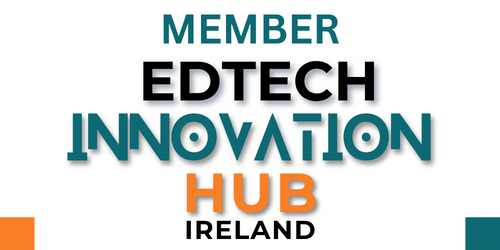
Part of the thriving edtech industry, Adaptive Learning fuses education with IT using computers as interactive learning devices. It presents educational content and resources to the user according to their unique needs.
It’s also veiled in mystery, jargon and scepticism. Hasty investments by Venture Capitalists into half-baked solutions have seen many a school stuck with a learning product rushed to market that ultimately does little to add value to the classroom.
A buzzword and a black hole
Enticingly, adaptive learning promises to feed the technical appetites of the digitally native youth; to deliver incrementally better learning experiences and outcomes; and to relieve busy teachers of the paper work and reporting that cloud their evenings and weekends.
It’s easy to consider it a silver bullet solution but the wisest acknowledge this as a tool, one of many and part of a bigger solution. For those keen to invest in this technology, what are the consequences? What benefits will you reap and what caution should you sow? From a teacher’s perspective, what is the reality of working with an adaptive learning solution?
From the top: what is Adaptive Learning?
It’s important to understand exactly what adaptive learning is and is not. Our in-depth article discusses this in detail but in short, an adaptive learning solution:
- responds to the learner’s individual learning journey
- adapts to the curriculum, context and culture of the school and country
- focuses on the people using the solution, and use technology only to add value
- continually seeks feedback and adjust its behaviours accordingly
- collaborates with learners, teachers, parents and publishers to perfect its proposition
Adaptive learning in no way seeks to replace the teacher. It can’t. Education is inherently human and no technological innovation can replace the intuition, emotion and experience of a teacher. What it does, is arm a teacher with immediate and accurate insight into the learning experiences and outcomes of each student in the room.
Managing expectations
Adaptive learning first and foremost provides insight into which students are working hard and when. If students are asked questions that are too easy or too hard, learning is not optimised. All effective learning happens when you’re working hard.
With an adaptive learning solution, teachers can access real-time data empowering them to pin-point who needs assistance and how. This is the real and most immediate impact of adaptive learning.
The second benefit is adaptive learning’s ability to challenge the student to gauge their understanding of the material and to then challenge them further on from that. Stretching a student’s understanding while ensuring learning is thoroughly embedded is in the algorithmic DNA of adaptive learning.
For one teacher, this insight revealed strong student struggling with a learning disability. Quiet and competent in class, the challenges this child was facing would never have been identified if not for Adaptemy. While assessing homework completed using the technology, it became apparent the child was spending hours on each task – tasks that should have taken a fraction of the time.
It’s this level of insight, presented in analytics reports, that empowers a teacher to take effective action. The learning experiences and outcomes for that child were exponentially altered because of this adaptive learning technology.
Knowing its place in education
Adaptive learning provides an excellent resource to hone skills and achieve a fundamental understanding before elevating that to mastery. While there’s more to education than the mastery of questions, adaptive learning serves to spot holes in understanding and highlight those students lacking key skills and abilities.
Incrementally establishing this with statistical evidence from the solution, enables teachers to carve out a more relevant learning path for students and direct them towards an educational future that will see them thrive. It can be fast and accurate with adaptive learning, capturing information students quickly and easily.
With this insight, teachers can build on the higher-level skills such as collaboration, problem-solving and analysis with cross-concept questions that call for the application of understanding.
Winning over stakeholders
For teachers exploring the use of adaptive learning in their school, the number of stakeholders involved can be a barrier to success.
In our experience, students adore, and readily engage with, anything cutting edge. You won’t be challenged here.
Some teachers can be intimidated by classroom technology. It’s important to understand the shift in classroom dynamics and to lift the lid on how adaptive learning works in practice. For nervous teachers, ensuring the solution fits the way they work, rather than the other way around, is essential. Using it just once a week initially helps to build confidence all round.
Be aware that this will adjust the focus of the classroom. No longer is the teacher centre stage. Now, the students the sun and the teacher must play the moon, moving and adjusting to coach students through questions.
Maths teacher at Dublin’s Belvedere College David O’Grady, is a user of Build Up, the Irish iteration of Adaptemy. He explains there can be a “feeling of losing control…but once you’re happy to let go, you can take more charge of student learning with nudging and guidance.” Big-picture thinking comes into play when you take a seat in the wings.
Parents are pivotal
Parents are key to the discussion, involvement and success of adaptive learning solutions not least because these tools enable effective learning outside of the classroom. O’Grady ensured he was personally involved and invested in the solution, referencing it at every teacher-parent meeting, leaning on reports to demonstrate student progression and interaction, and highlighting the effectiveness of the solution for the entire first year of use.
“The teacher must be interested in the technology and have confidence in implementing it,” he says. “Sharing this passion with parents was pivotal to the adoption of the solution.”
When problems occur
When a text book is misprinted or inaccurate, we turn to guides and colleagues for a steer in the right direction. When technology goes wrong, we tend to panic. Our inability to fix a problem frustrates and stifles, and this is particularly disconcerting when the technology is new.
Here, the role of the teacher is vital once again. It’s that human element that enables the school to navigate glitches and manage student expectations. Having a correct answer marked wrong by a machine is disheartening at best. A teacher’s role must be to inject perspective, motivation and inspiration. One incorrect answer does not equate to a shift in grade.
Again, we must remember adaptive learning is a part of the solution, not the whole solution.
To prepare for your adoption of adaptive learning, bear in mind these key considerations when building your case, talking to peers or meeting with solution providers:
- Adaptive learning is powerful solution but not the entire solution
- Data-driven insights allow teachers to take relevant action, quickly
- Parents are pivotal to success: how will you get them on board?
- Hesitant teachers should slowly adopt the solution, building confidence
- Ensure the solution works for you, not the other way around
- Technical glitches are inevitable. Remain human and add your teacher’s touch to the situation
- Your passion and drive for the technology will see it thrive. Make sure you really care.
- Recognise the benefits of fast and accurate insight to establish and build skills.
Get in touch for more information on Adaptemy and our approach to adaptive learning.




